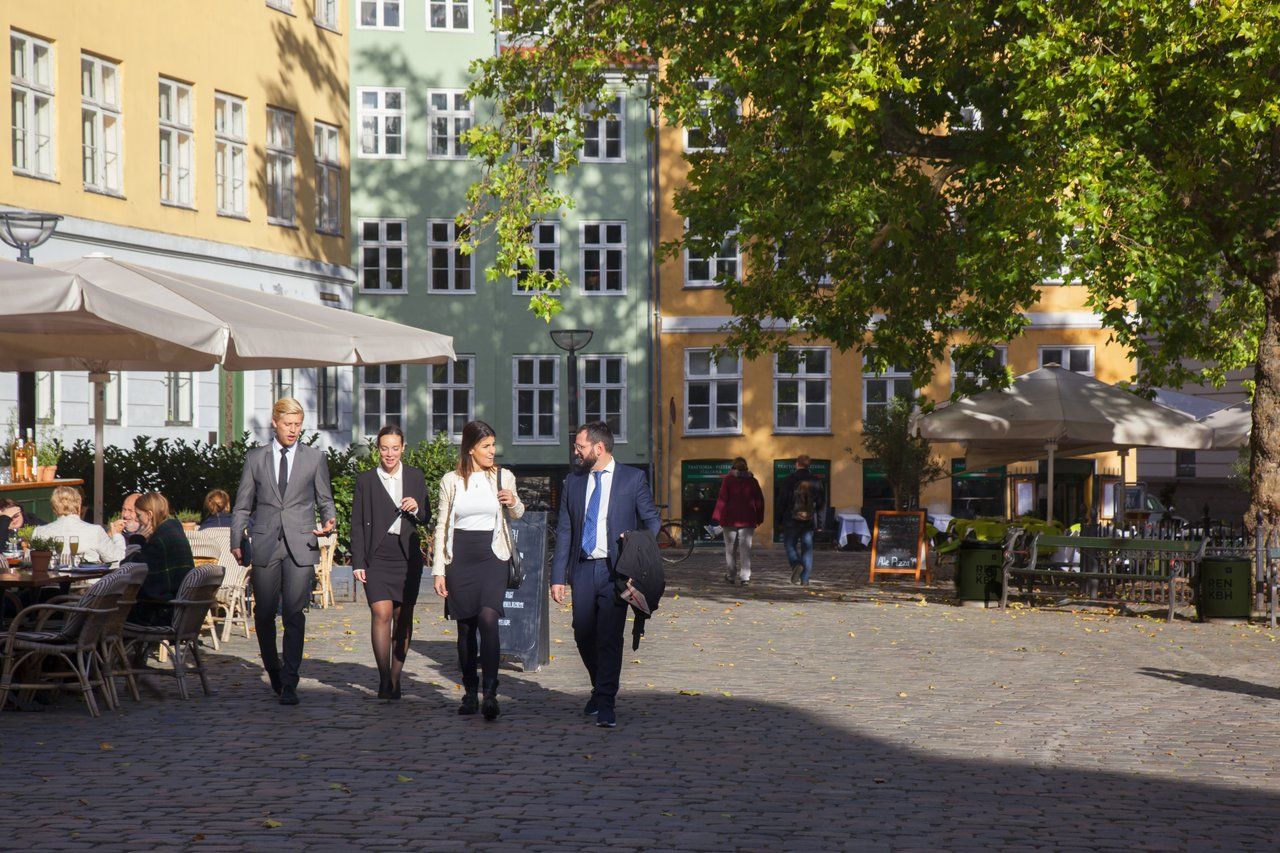In Denmark, like in many other European countries, the national demographic is changing due to an aging population and low birth rates. Today, one in twenty Danes is at least 80 years old, but by 2050 the figure will increase to one in ten, according to a 2023 analysis by Dansk Industri. With these changes […]
Full version of this article is only available to subscribers.
Already a subscriber, sign in here:
Gain unlimited access to all of The Copenhagen Post
Our independent reporting can only be published with support from our readers.
Monthly subscription
119
DKK/month.
(Billed once a month)
Give us a try
6 month subscription
99
DKK/month.
(Billed twice a year)
Save 120 DKK
Yearly subscription
79
DKK/month.
(Billed once a year)
Save 480 DKK

Save with a company subscription?



















